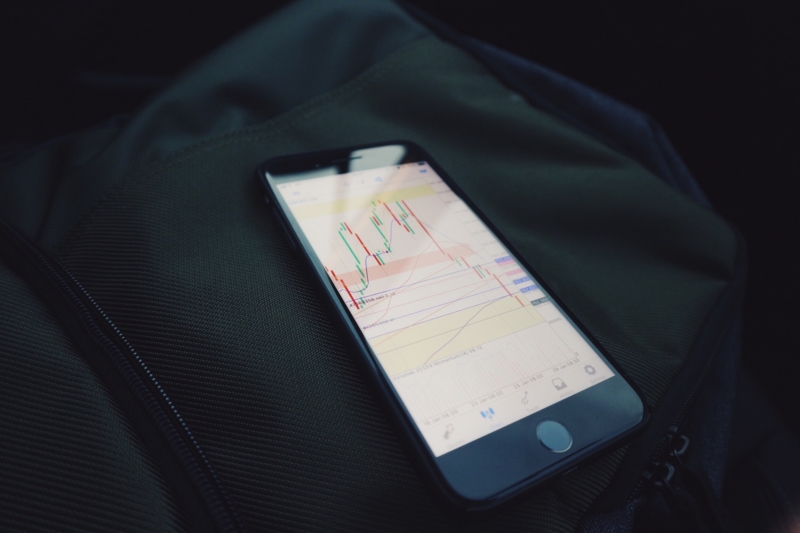£0.00

June 17, 2018
Cryptocurrency mining has, up until recently, not been for everyone. In order to make a profit, one has to invest in an expensive mining rig, and be prepared for a huge electricity bill. As more tokens of a given cryptocurrency come into circulation, the processing power and electricity required to mine new tokens rises proportionally.
More recently, however, it has been possible to mine for cryptocurrency using smart devices like phones and tablets. This has allowed small-time miners to utilise the processing power of their devices when they are otherwise dormant. It has also allowed for app developers to exploit the app users by secretly using their phone to mine for tokens without their knowledge.
Apple bans Calendar 2 app
Earlier this year, Apple decided to ban one such app from their App Store. Calendar 2 was an app with a different business model than other apps. Rather than asking the users to pay for the app or show them advertisements, the developers opted to have the app mine for Monero tokens as a way of payment. This turned out to be a lucrative idea, as the team managed to earn $2,000 worth of Monero tokens in just three days by utilising the app users’ processing power to mine.

At that point, the reason for banning the app was a violations of Apple’s App Store guidelines, which states that “Apps should not rapidly drain battery, generate excessive heat, or put unnecessary strain on device resources.” Since cryptocurrency mining takes up a lot of resources and processing power, the Calendar 2 app was in clear violation of the guidelines as this is exactly what happens to devices when used for that purpose.
Apple rolls out new guidelines for hardware compatibility
Since the emergence of apps that use the devices for cryptocurrency mining, Apple have had to adjust their guidelines for apps in the App Store. Section 2.4.2 of Hardware Compatibility has now been changed to mention cryptocurrency mining specifically:
“Design your app to use power efficiently. Apps should not rapidly drain battery, generate excessive heat, or put unnecessary strain on device resources. Apps, including any third party advertisements displayed within them, may not run unrelated background processes, such as cryptocurrency mining.”

Expanded guidelines for all Apple products
Moreover, Apple has expanded their guidelines section, and have laid out some rules that will apply to all of their devices and operating systems, including iOS (for iPhones and iPads), macOS (for MacBooks, iMacs, etc.), watchOS (for Apple Watch), and tvOS (for Apple TV). The rules are:
1. Apple will allow virtual currency wallet apps, as long as they’re offered by developers who are enrolled as organizations.
2. The only cryptocurrency mining apps allowed are those that mine outside of the device, like cloud-based mining.
3. Apps can help users make pay, trade, or receive cryptocurrency on an approved exchange, but the apps must be from the exchanges themselves.
4. Similarly, apps involved in initial coin offerings, bitcoin futures trading, or other cryptocurrency securities trading need to be from the banks, firms, or other approved financial institutions. And they must be lawful.
5. Cryptocurrency apps can’t offer users virtual coin for tasks like downloading other apps, getting other users to download the app, or boosting social media activity.
